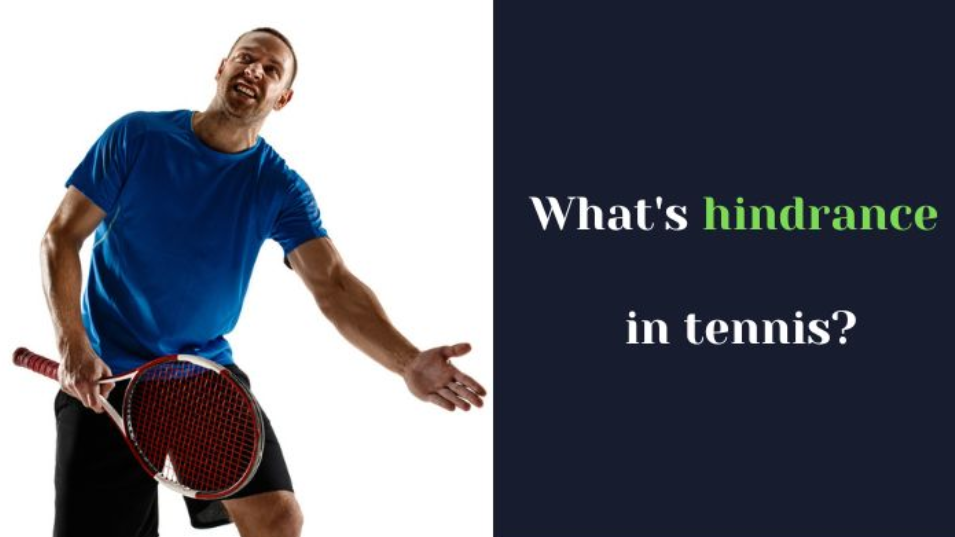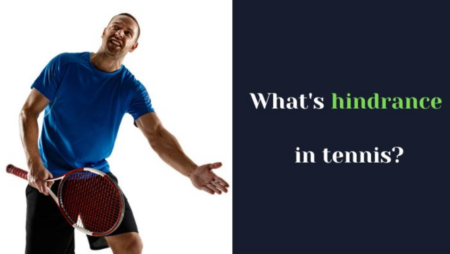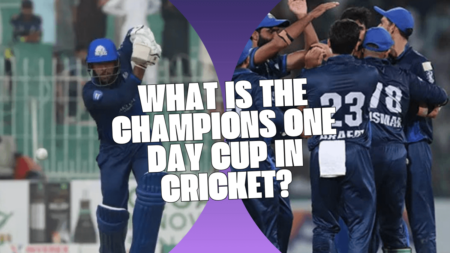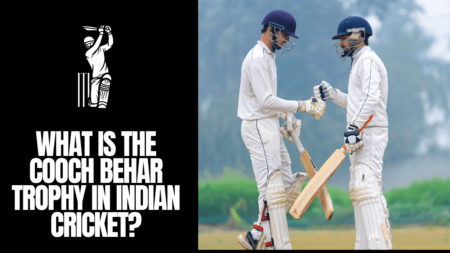

Hindrance is a terminology used in tennis to describe a scenario that has disturbed an on-going rally or point by the occurrence of an event that occurs due to the opponent, a call by an official, movement of a permanent fixture, or noise by the spectators.
There are two types of hindrances in tennis. The first one features calls made by the chair umpire. If the chair umpire corrects a good call to out, then it is not called hindrance. However, if an out call is corrected to a good call, then a hindrance is called. In such a case, a ‘let’ is called, and the point is replayed. This however does not apply to an ace or a clear winner shot which has no possibility of being retrieved.
An inadvertent or deliberate hindrance is the second category of hindrance. An inadvertent hindrance is when a ball falls from the player’s pocket, a part of the player’s gear falls off, a verbal reaction (involuntary) by a player, etc. A deliberate hindrance is when the actions of an opponent, intentional or unintentional, results in the player getting distracted. The intent of deliberation is decided by the chair umpire based on the events that would transpired to result in a hindrance.
If the act of hindrance is intentional, then the player who caused the hindrance is warned by the chair umpire. Any subsequent hindrance by that player will result in him losing the point. The rules also state that the ruling of hindrance must be such that a player does not get two opportunities to win a point. Hence, a let call must be made by the umpire based on their best judgement.
Thus, the rules for hindrance are same for both men’s and women’s tennis.




